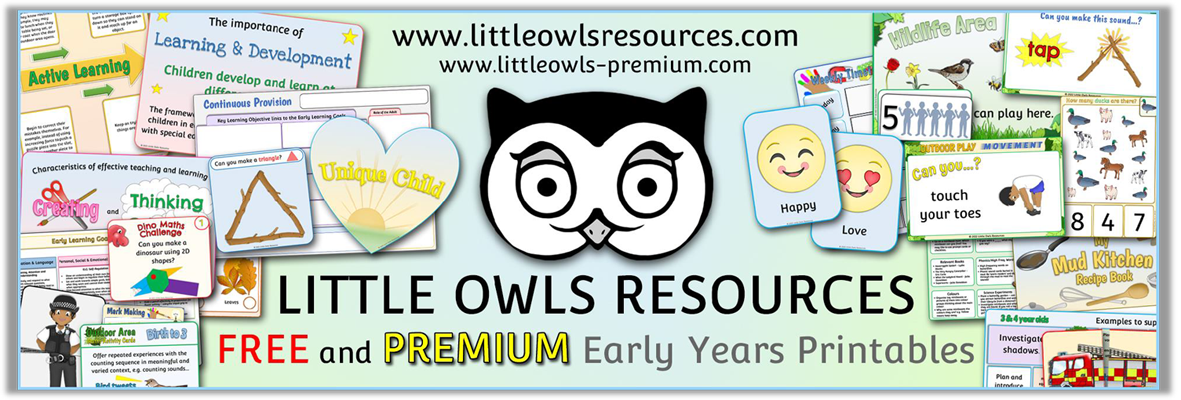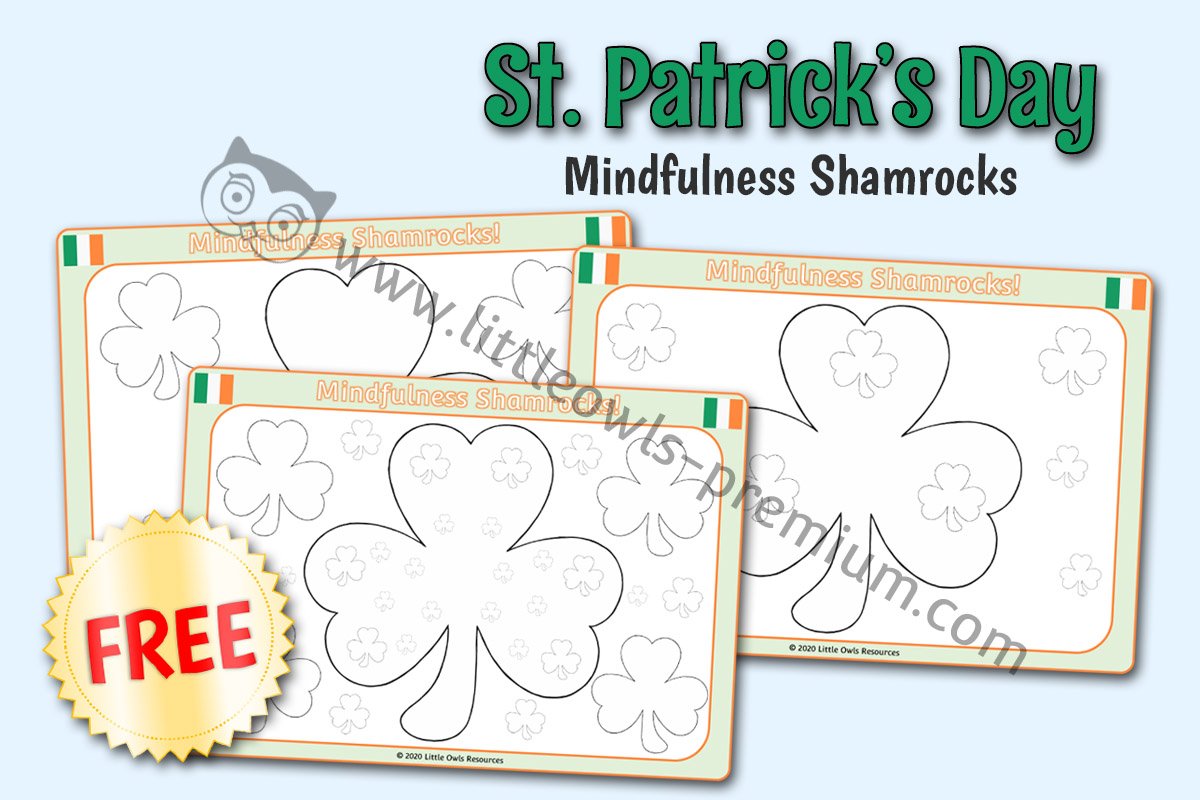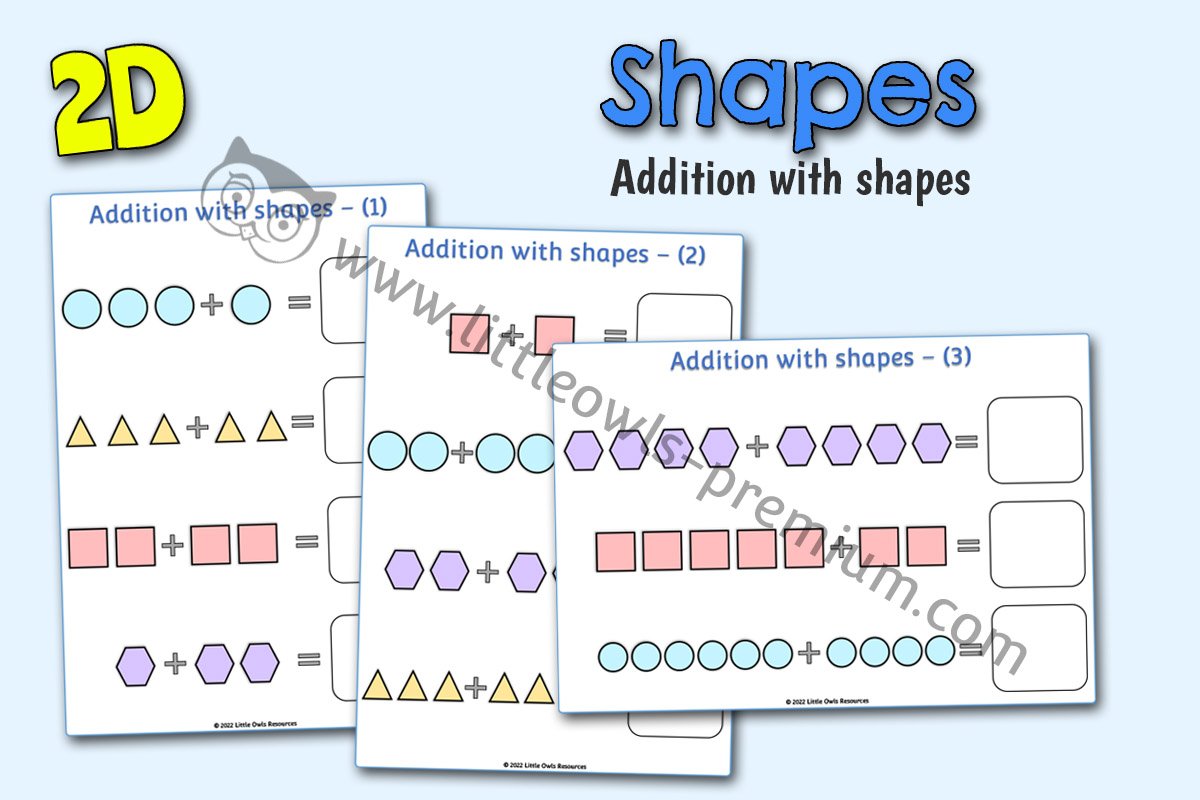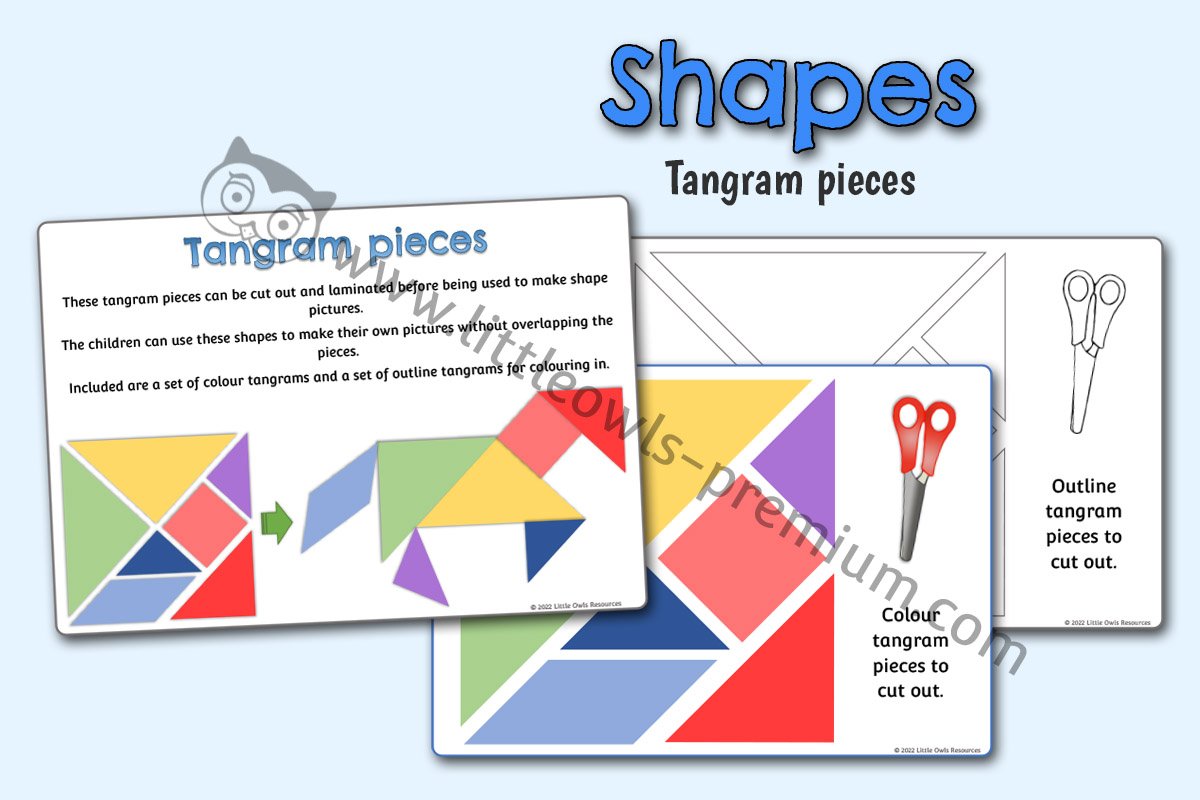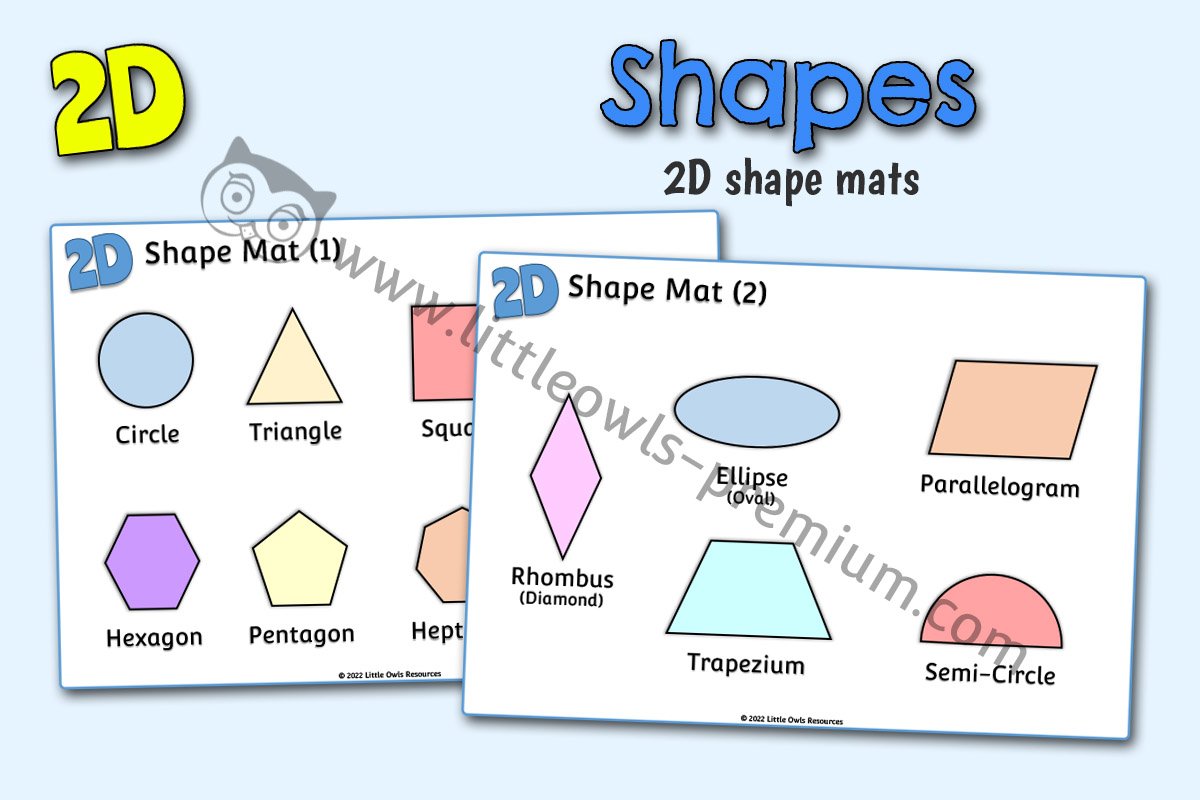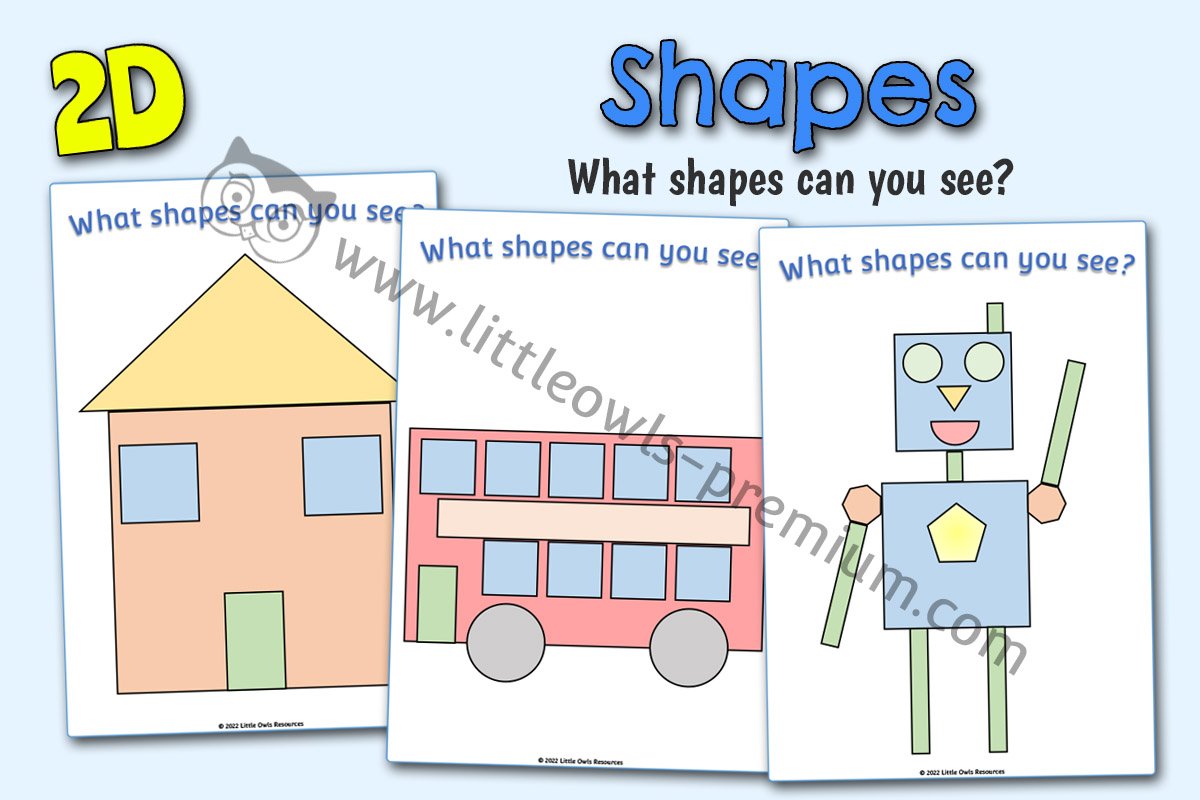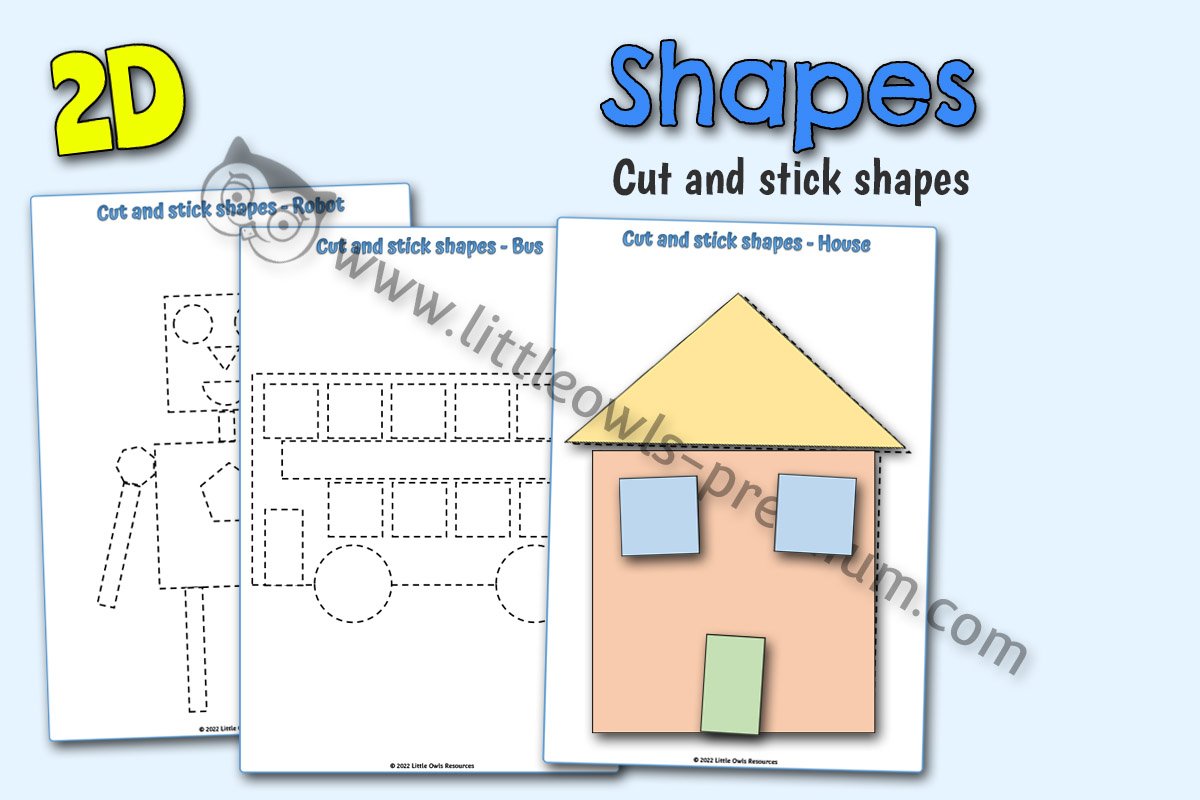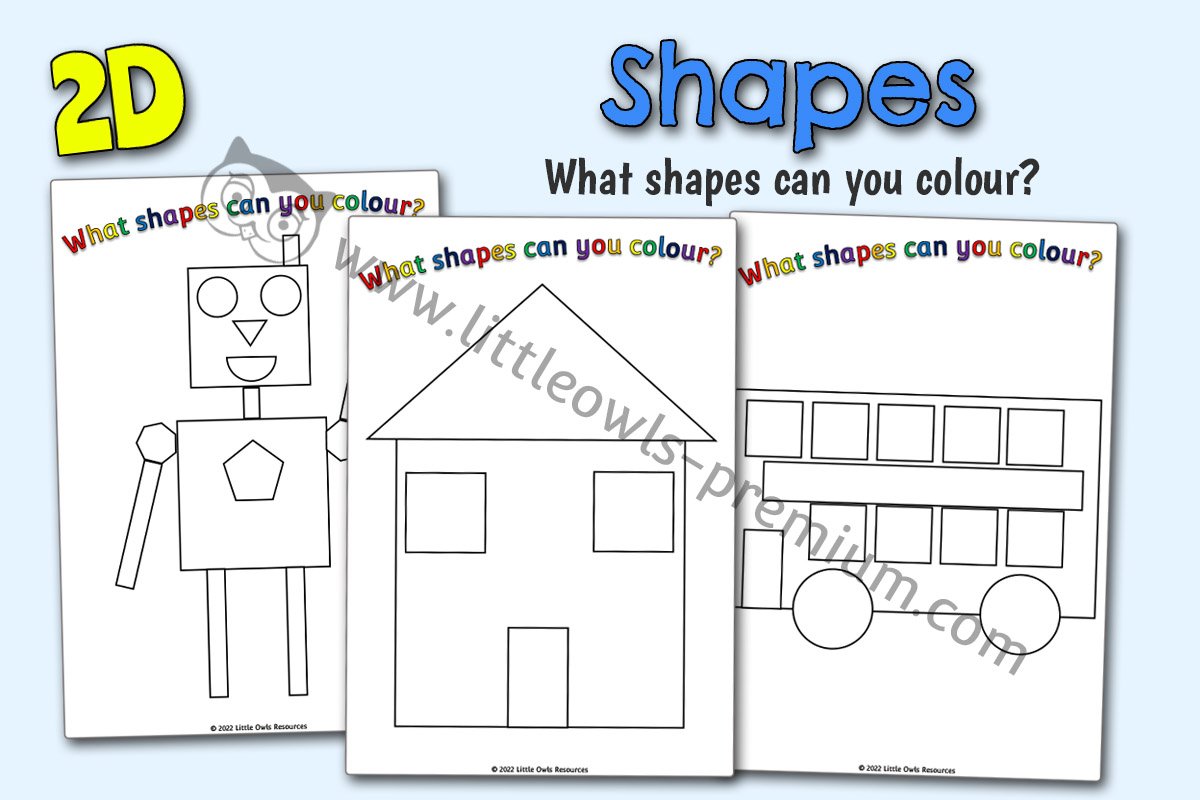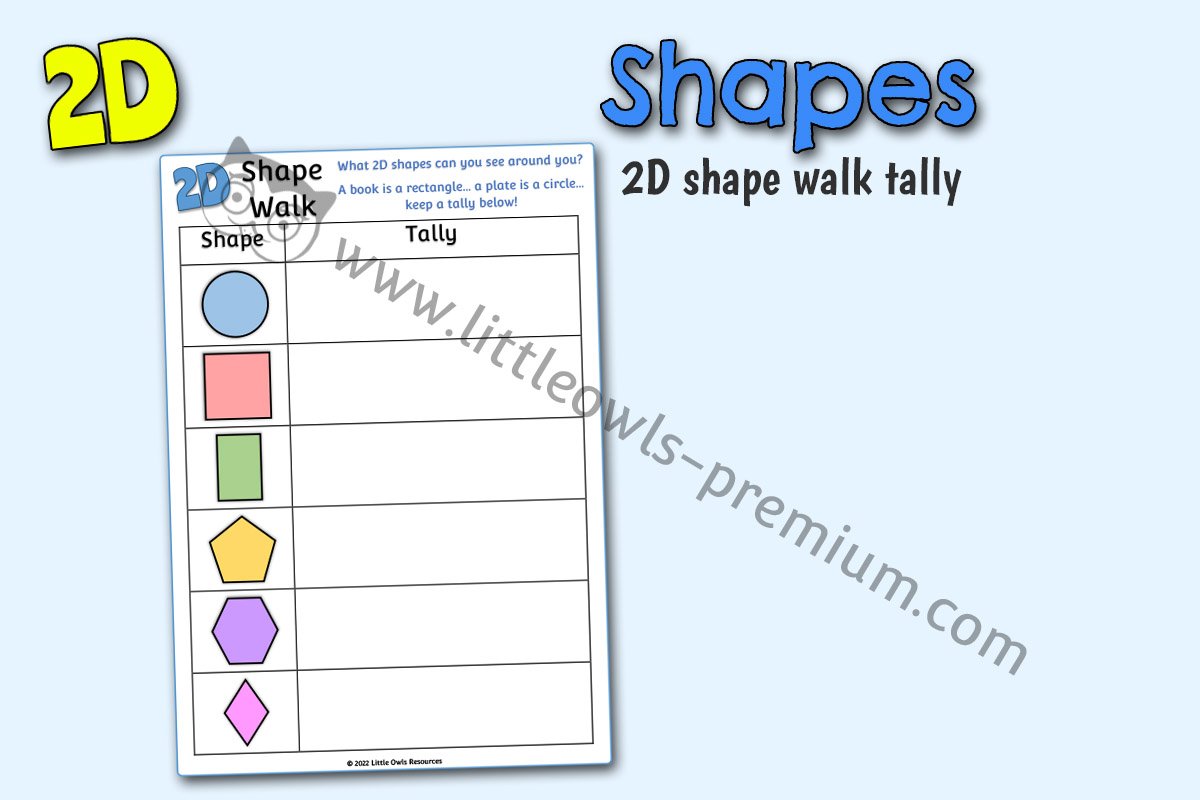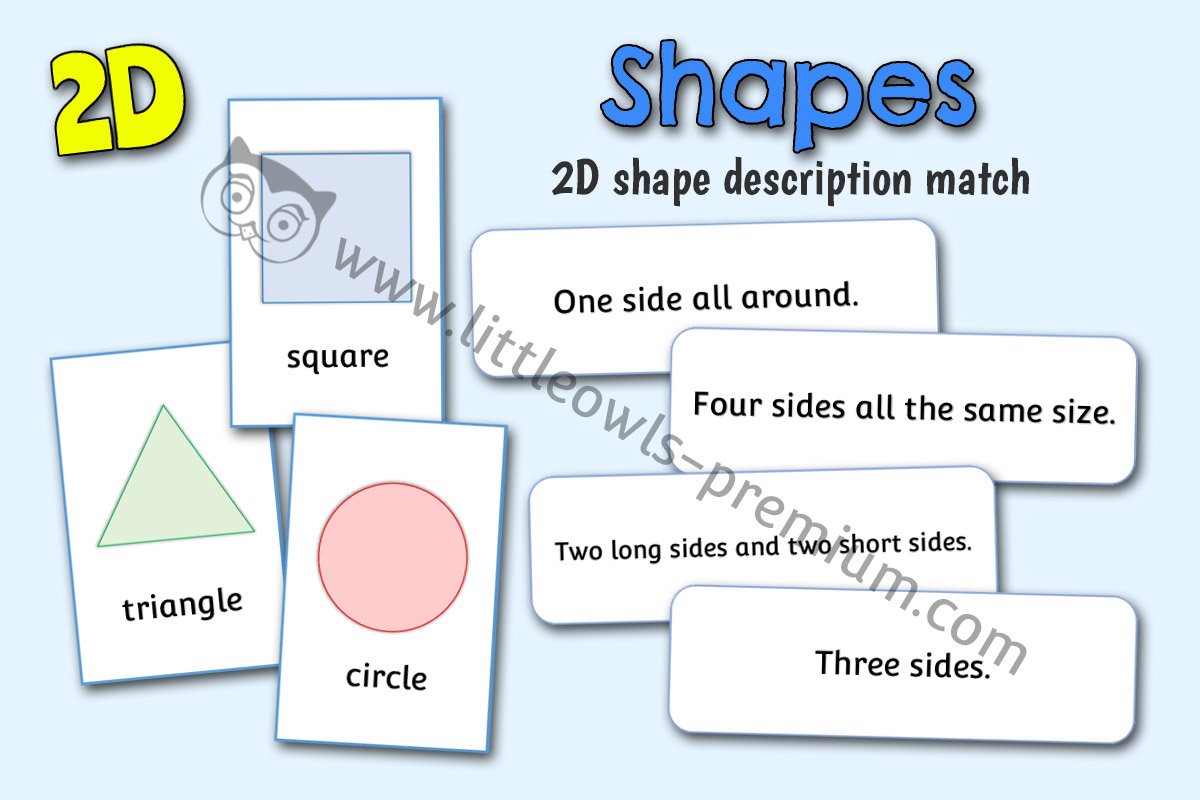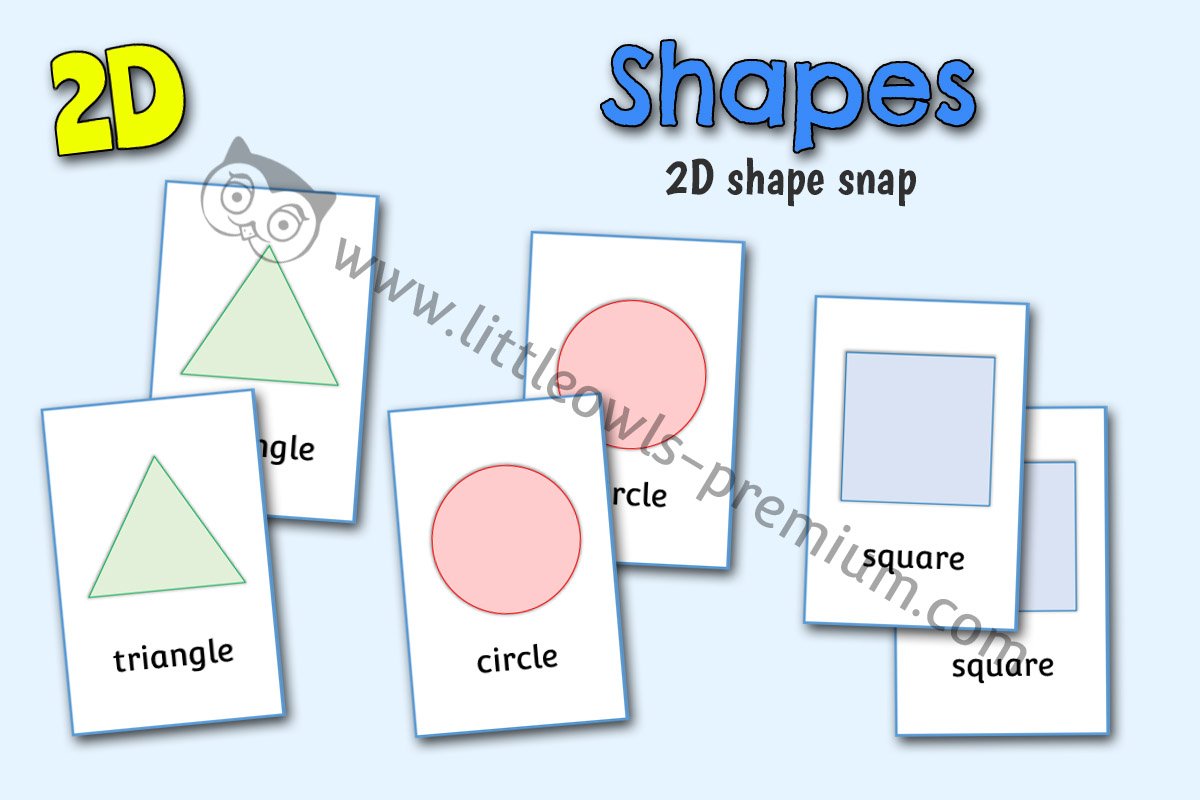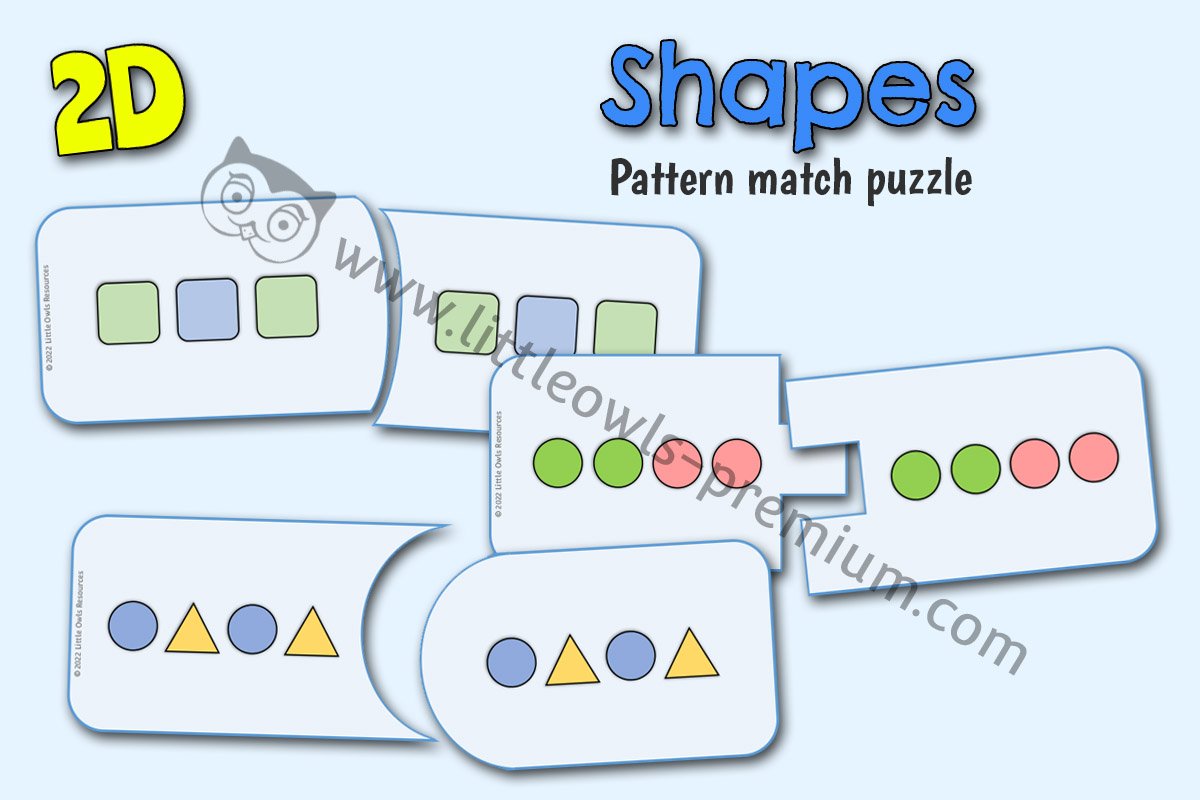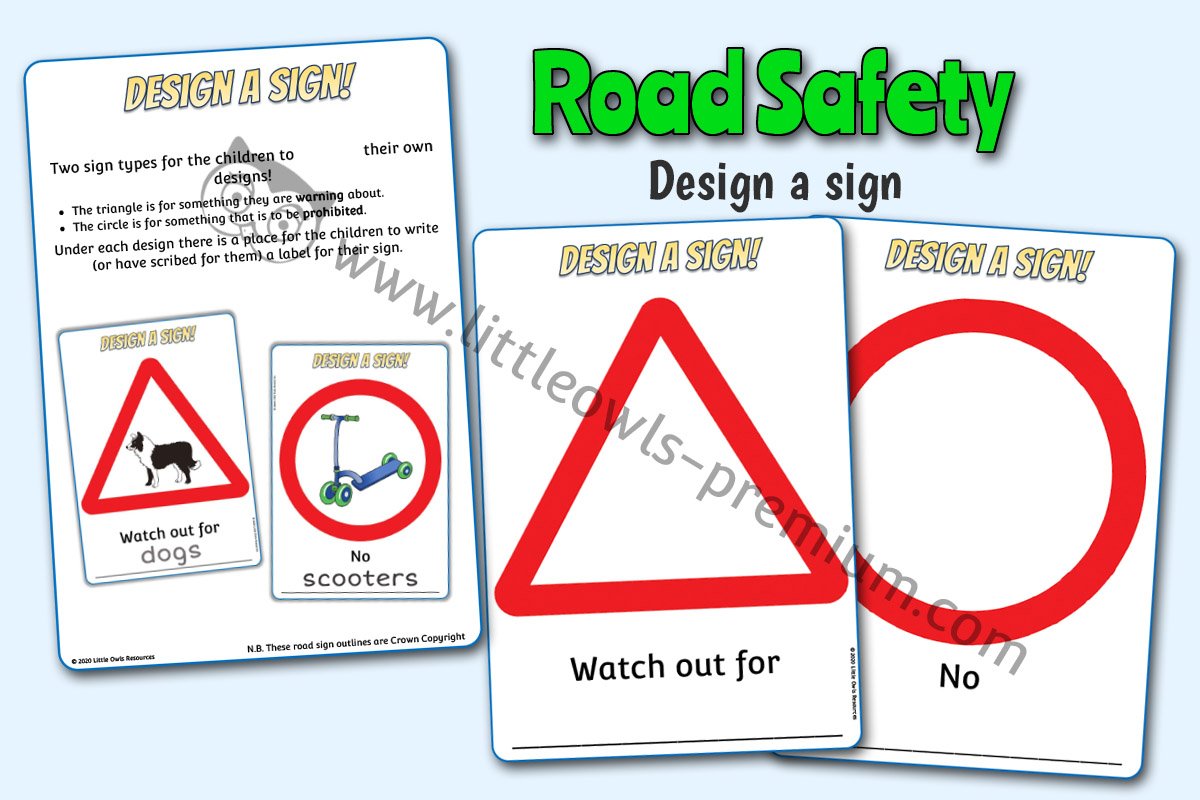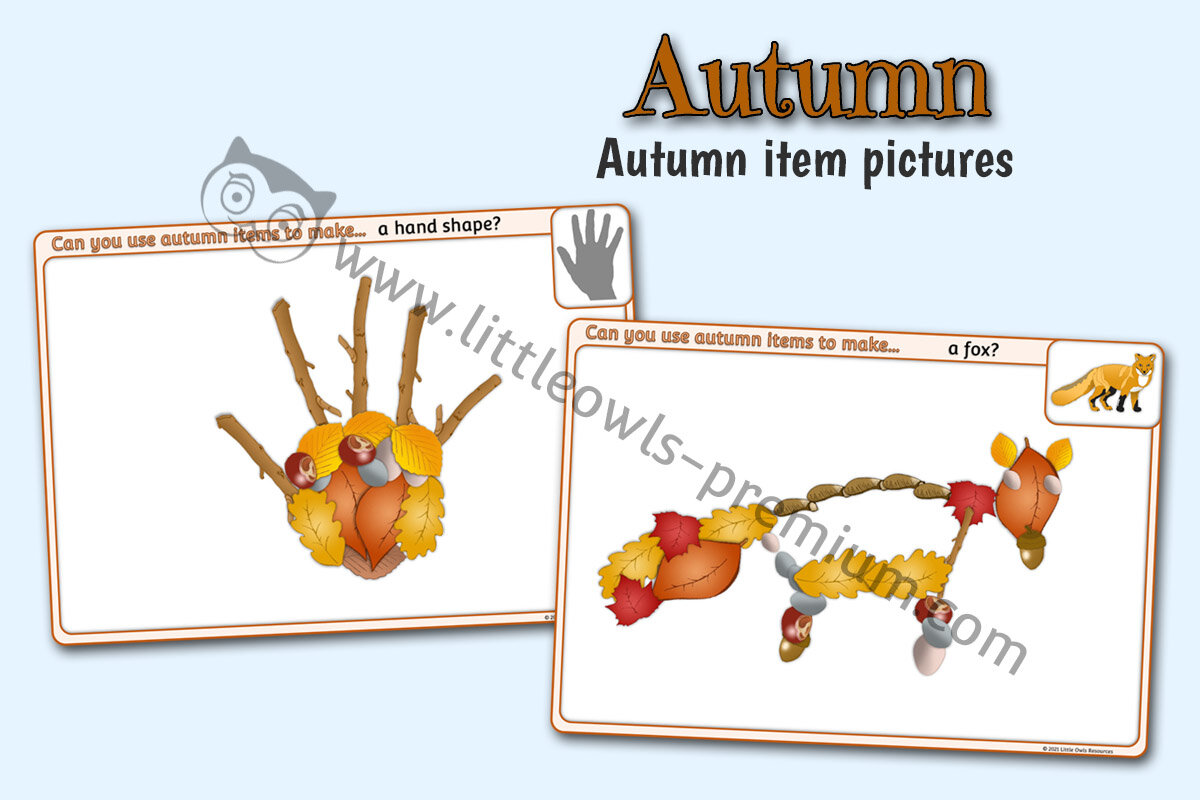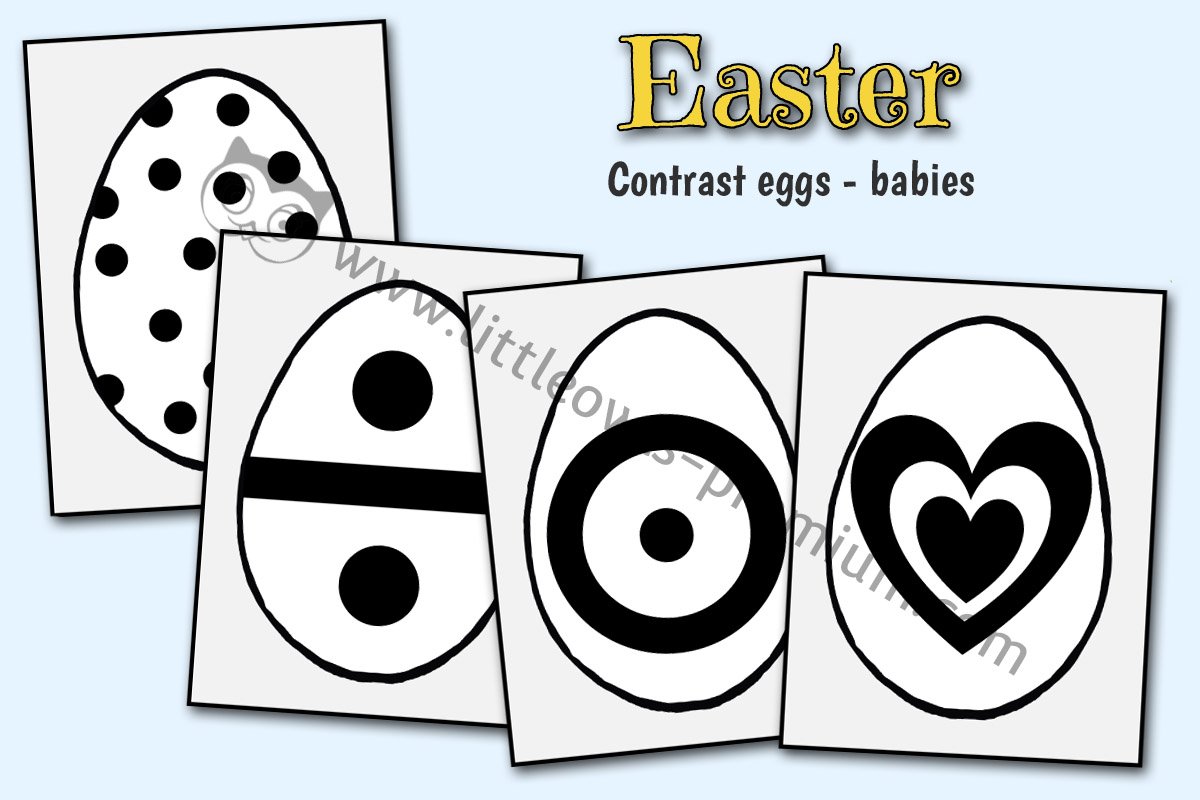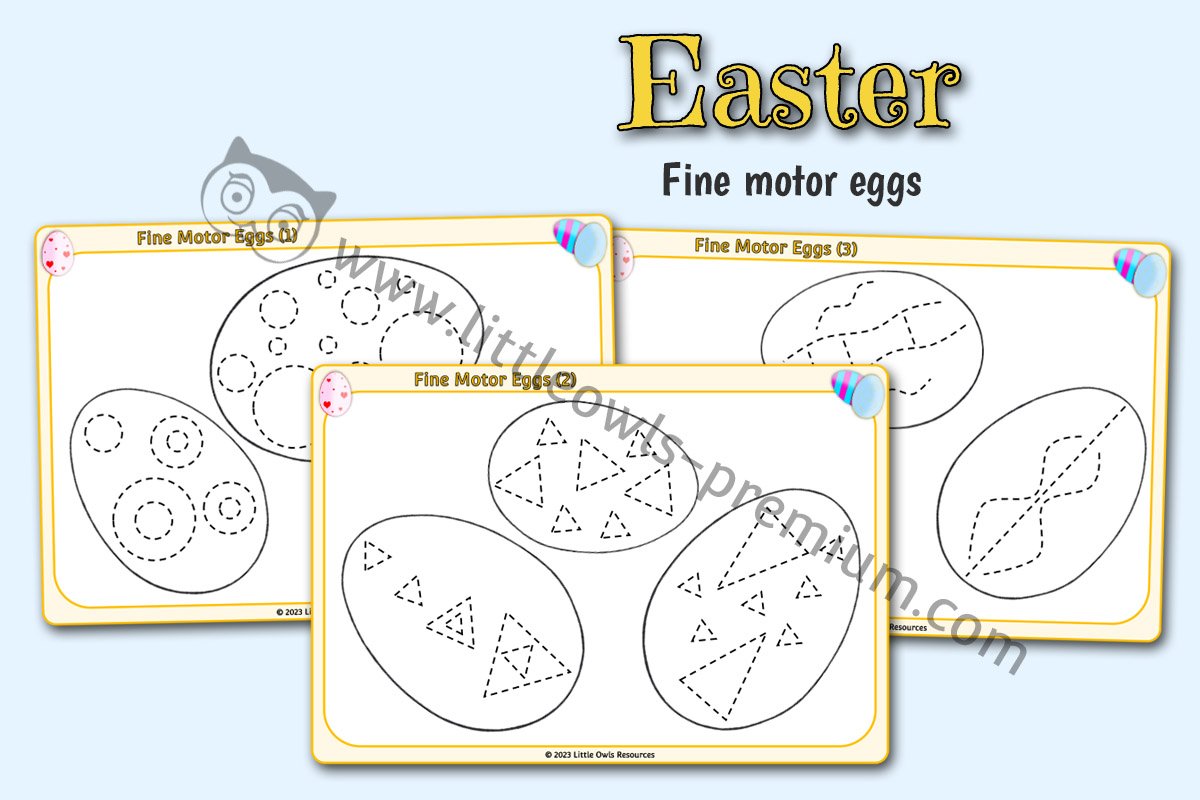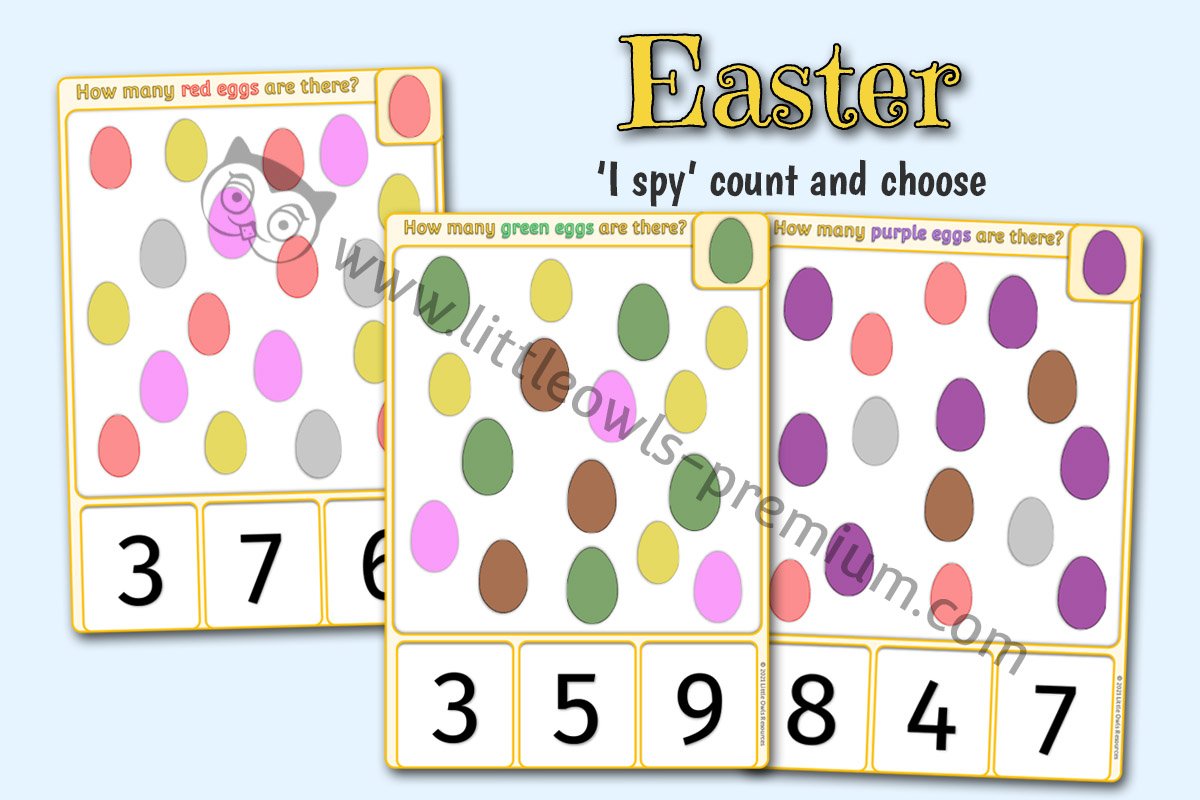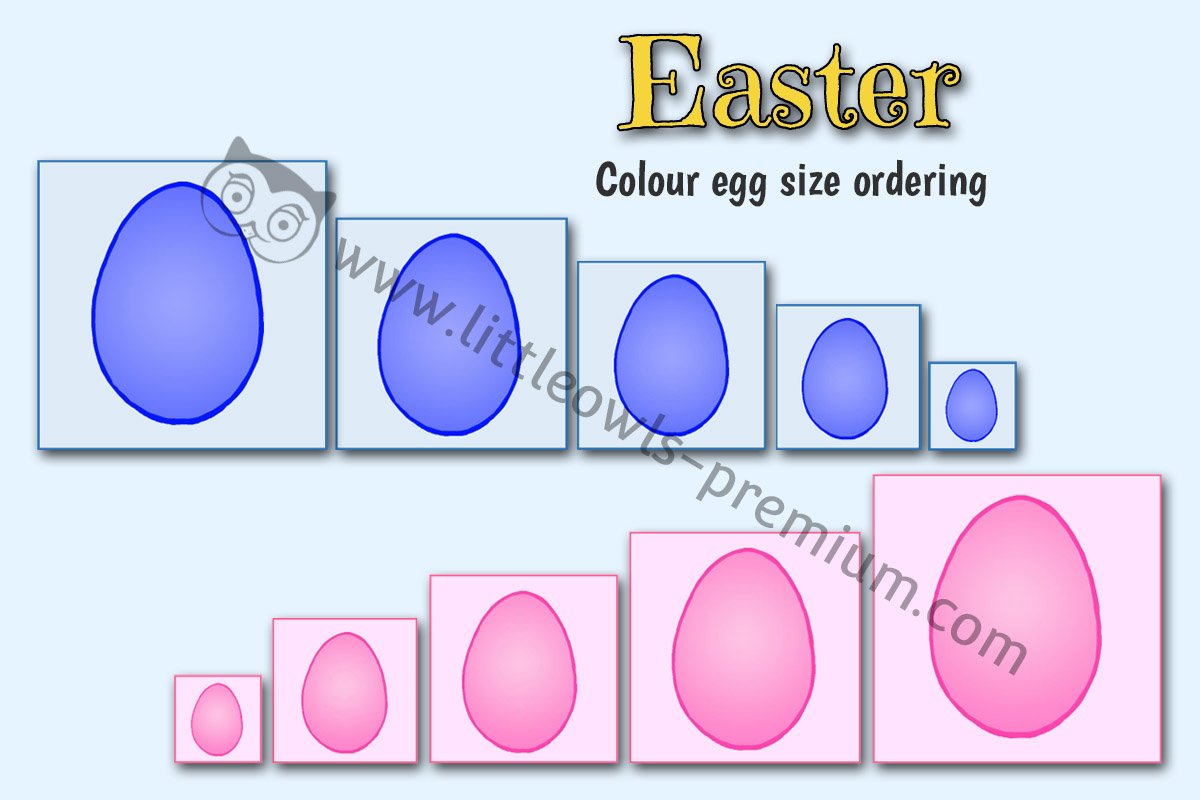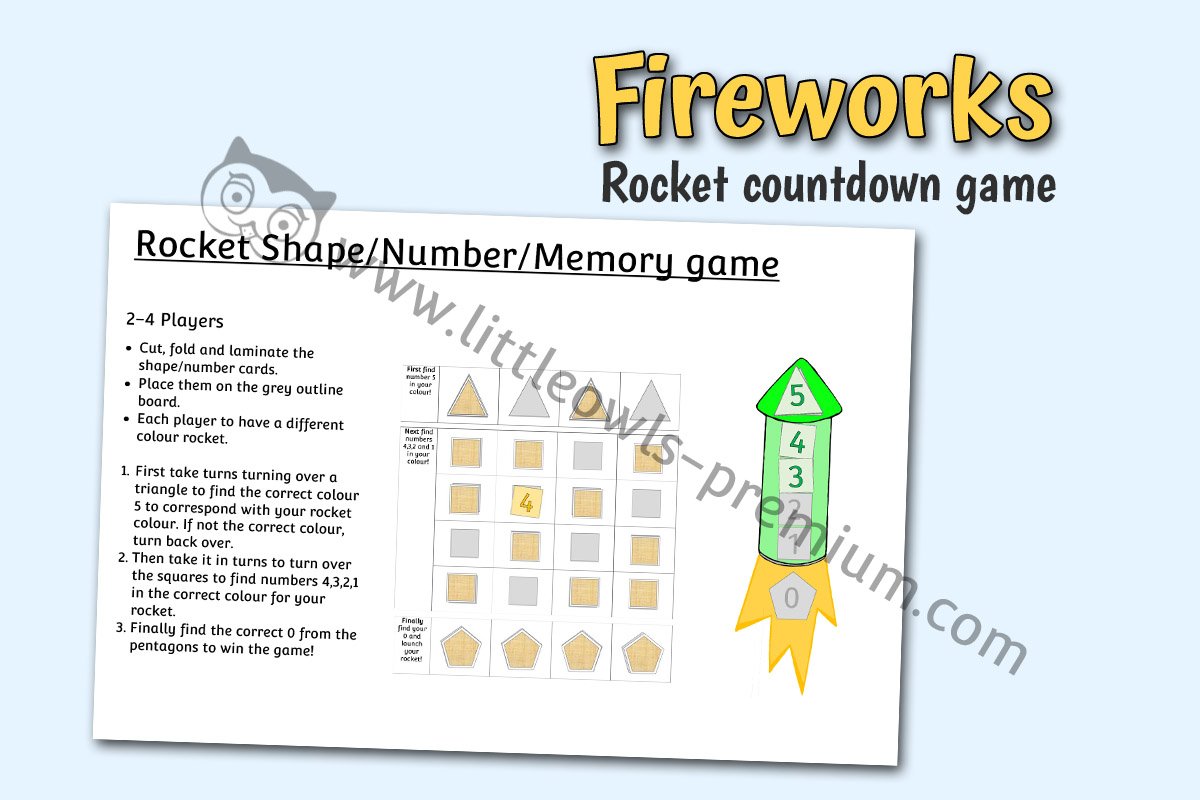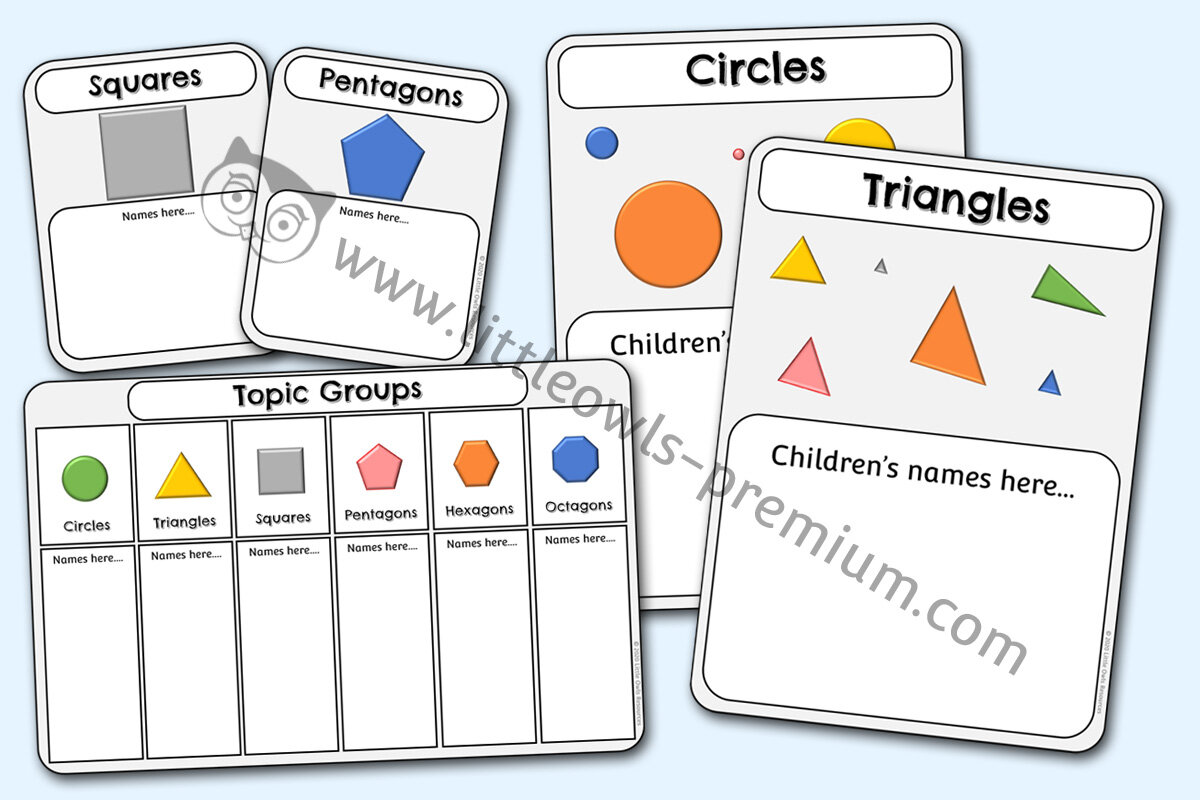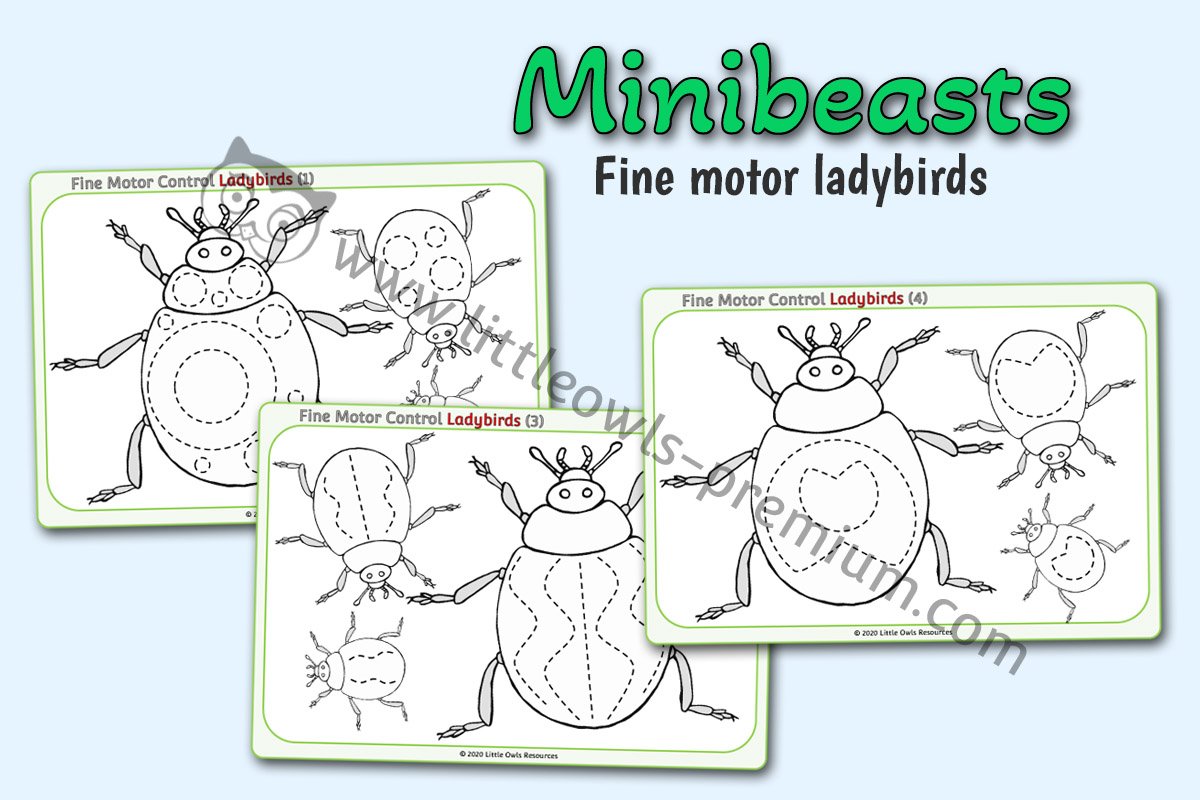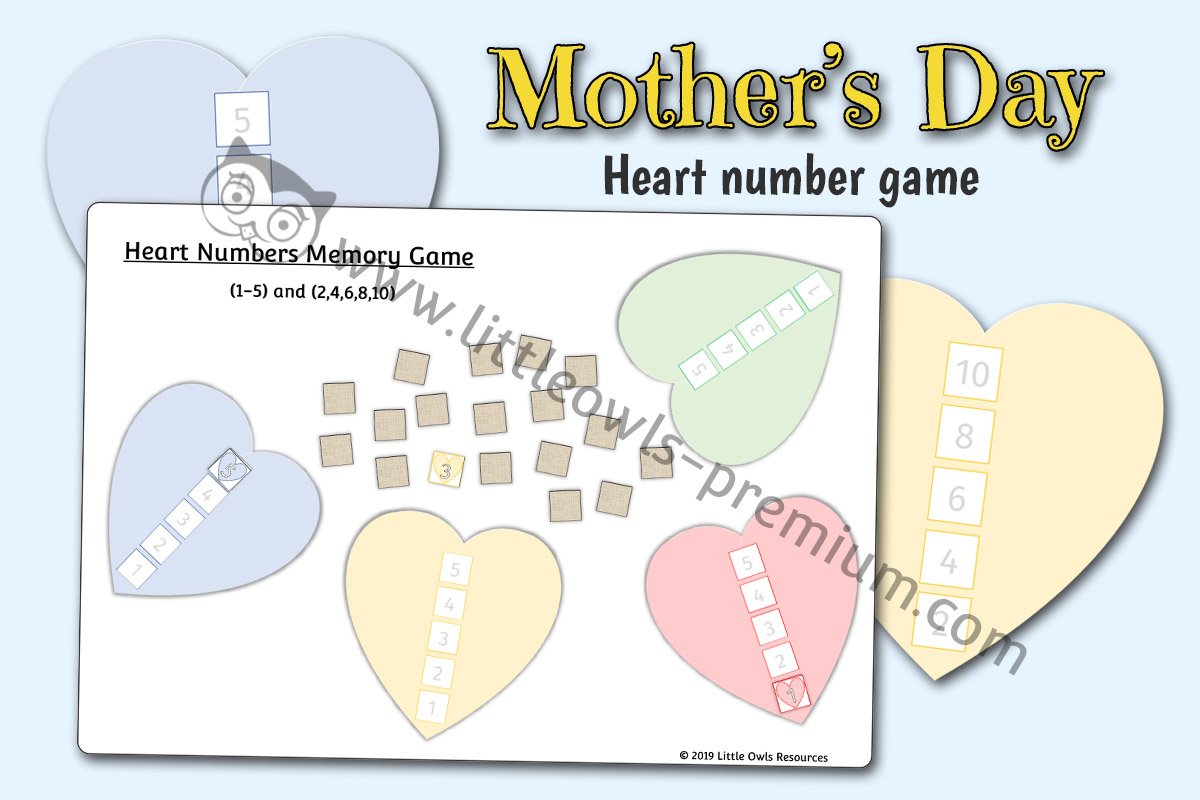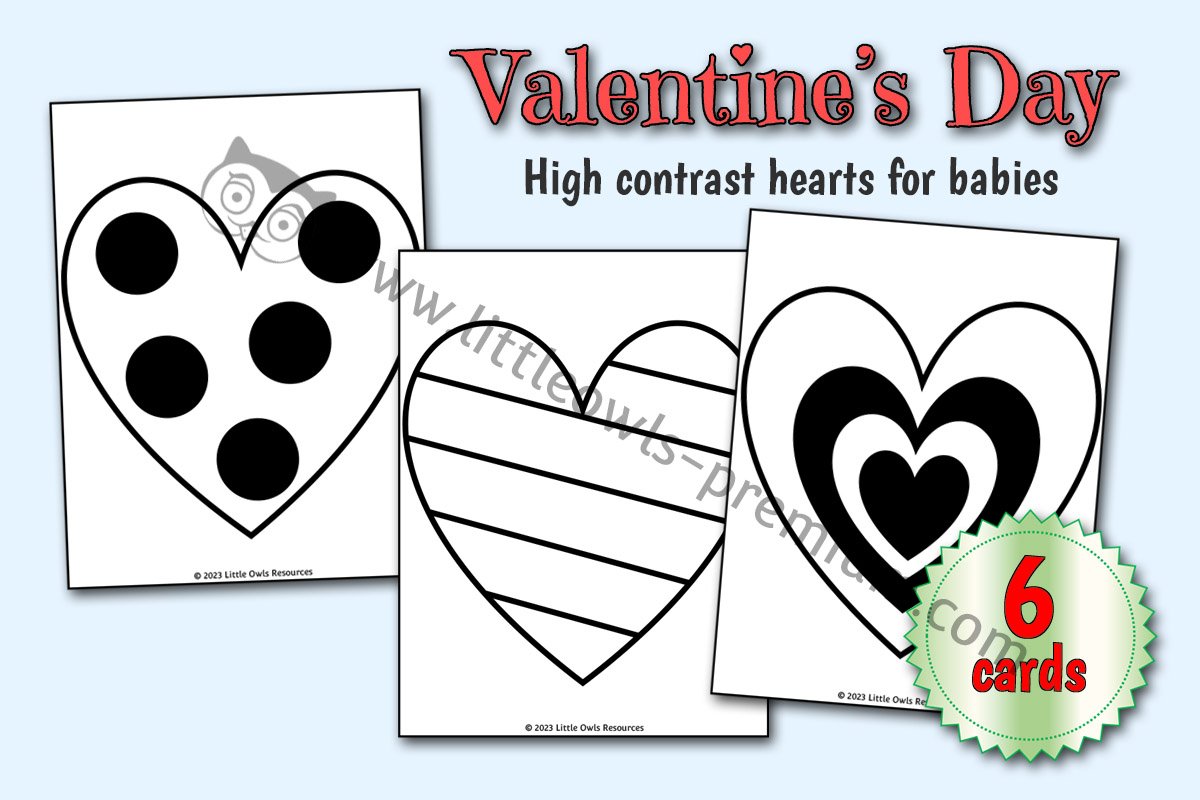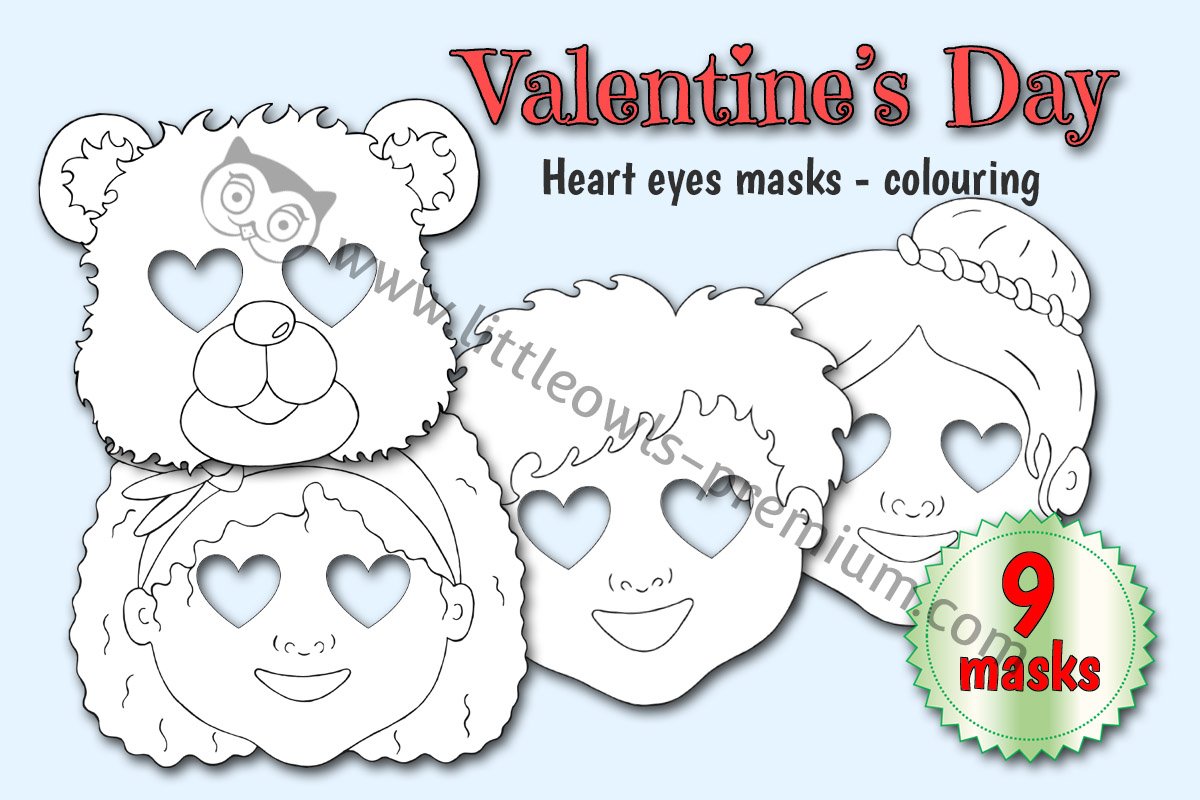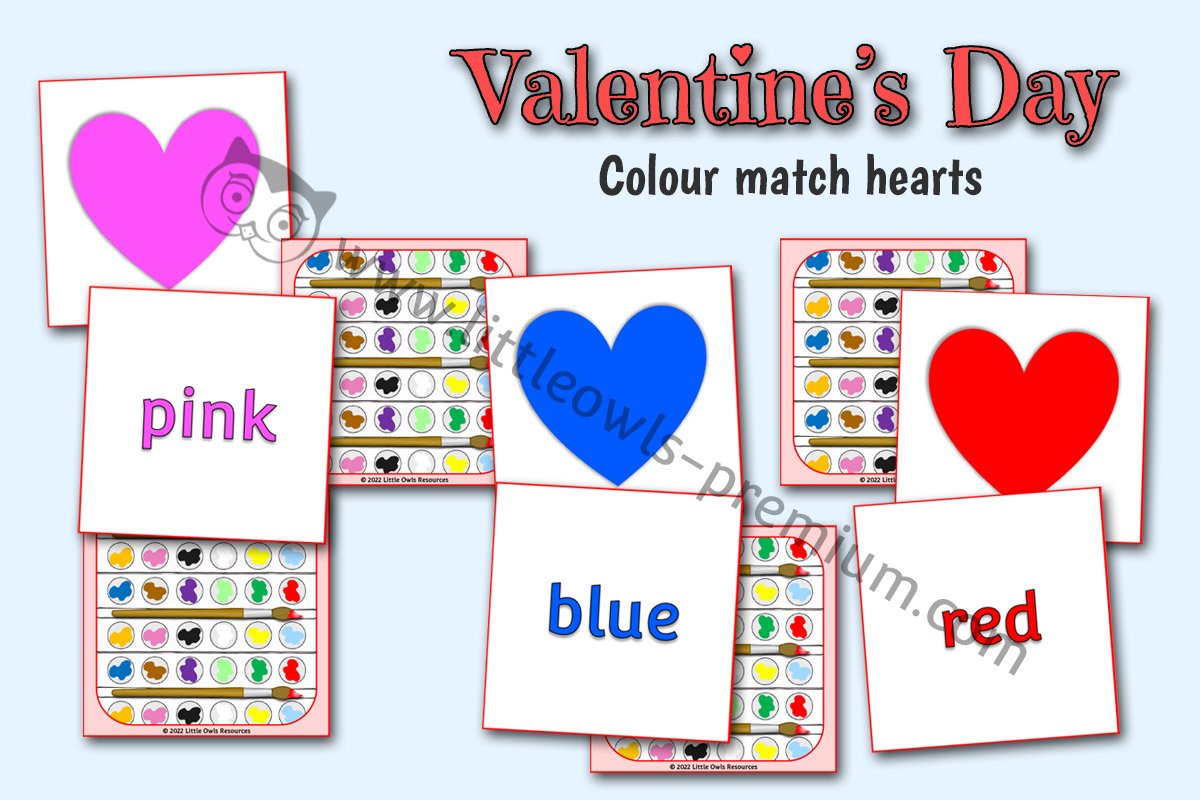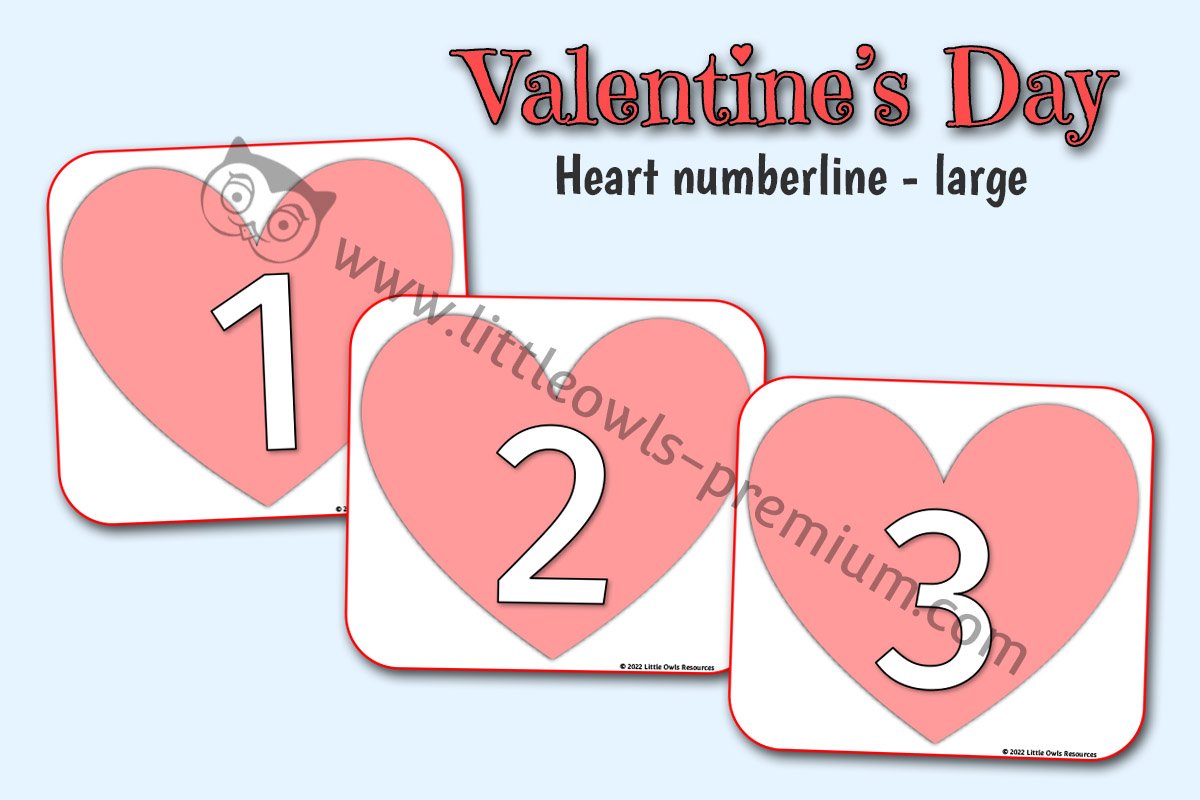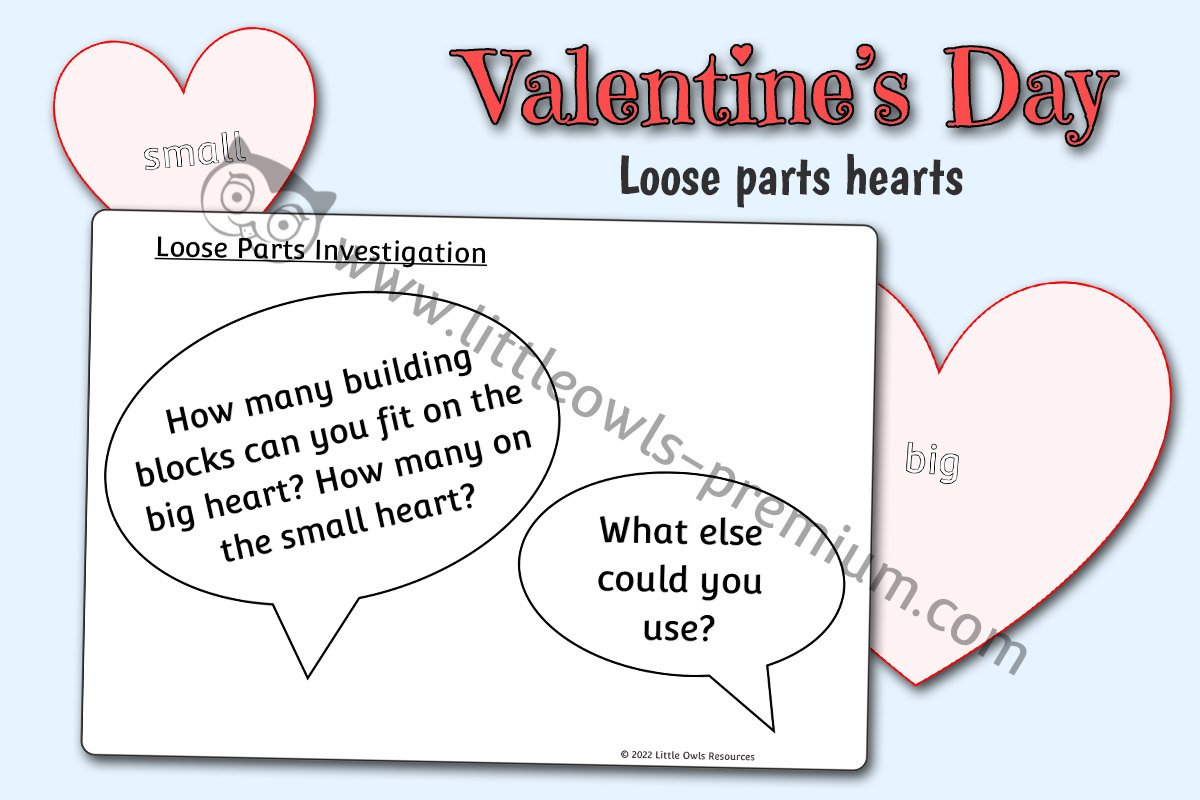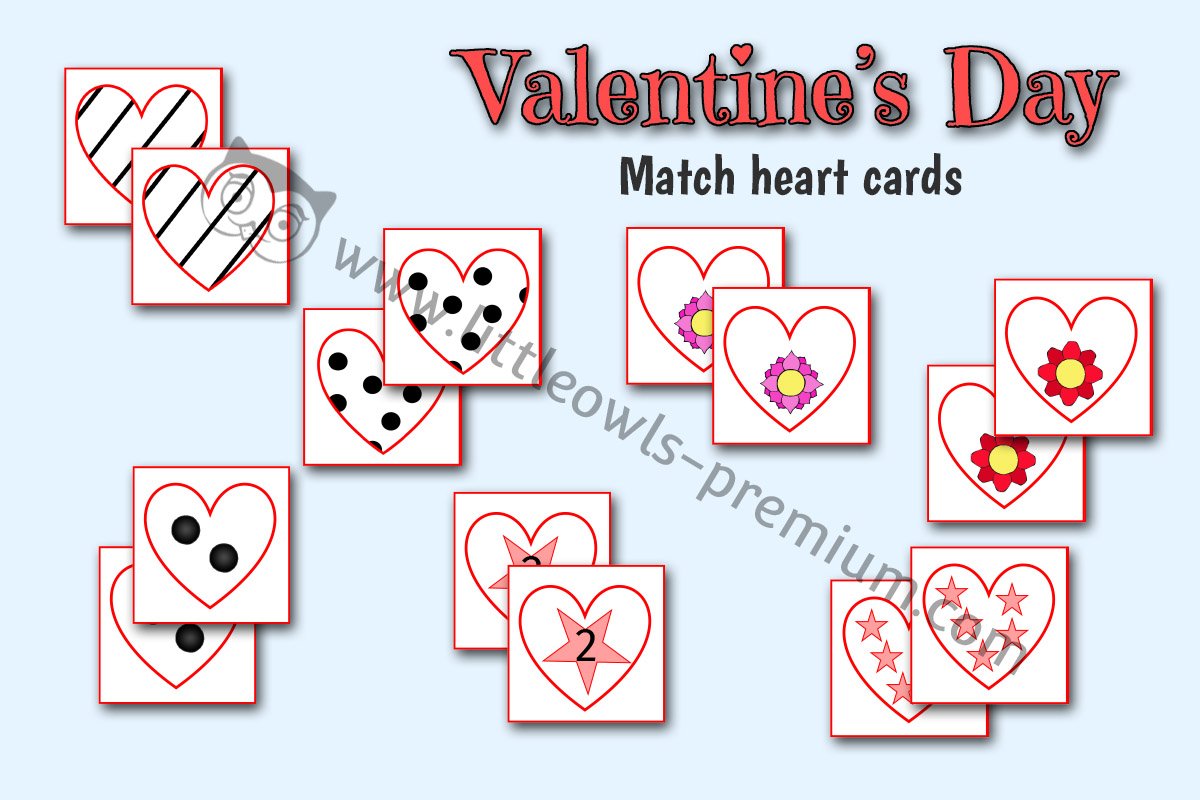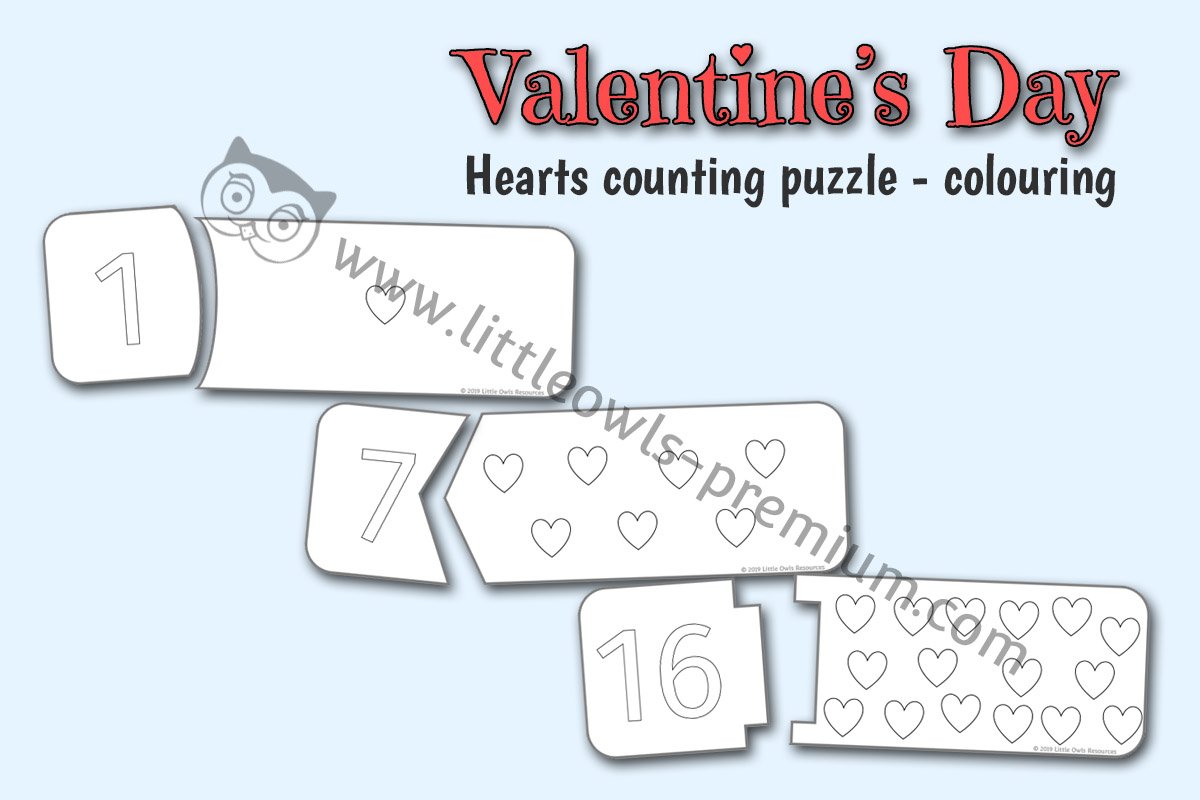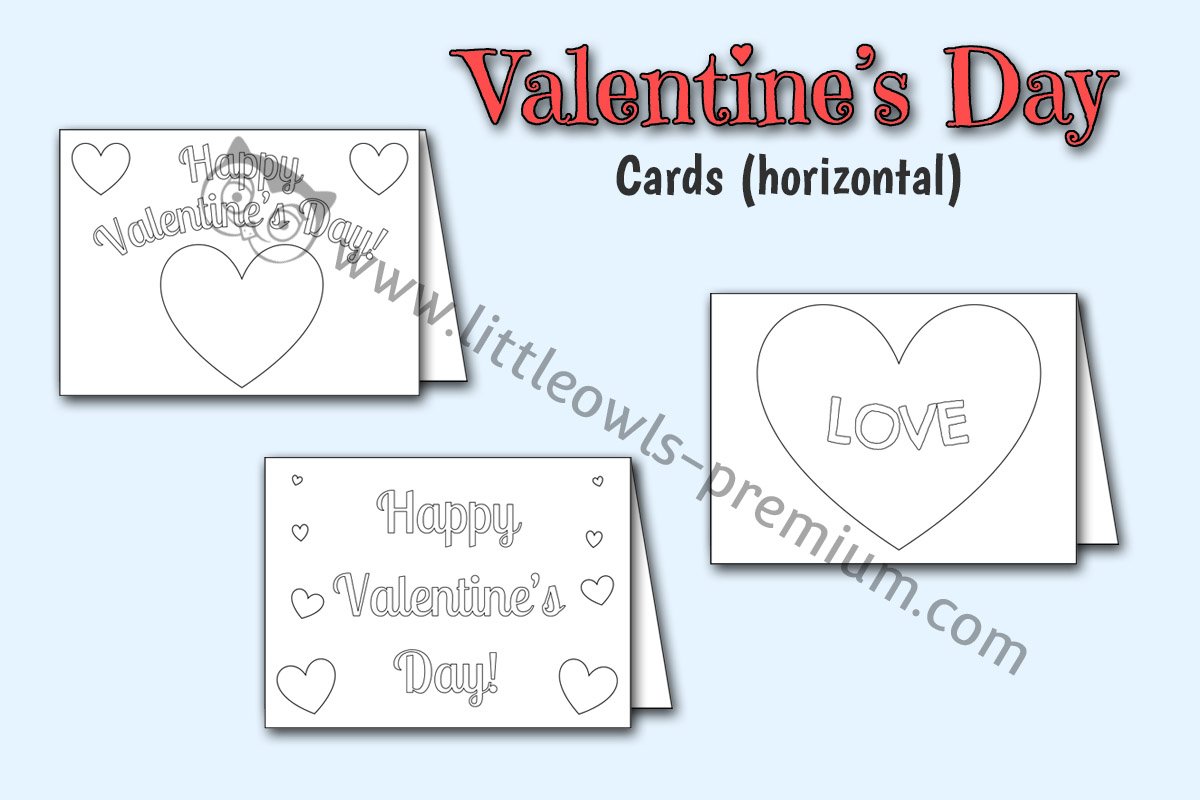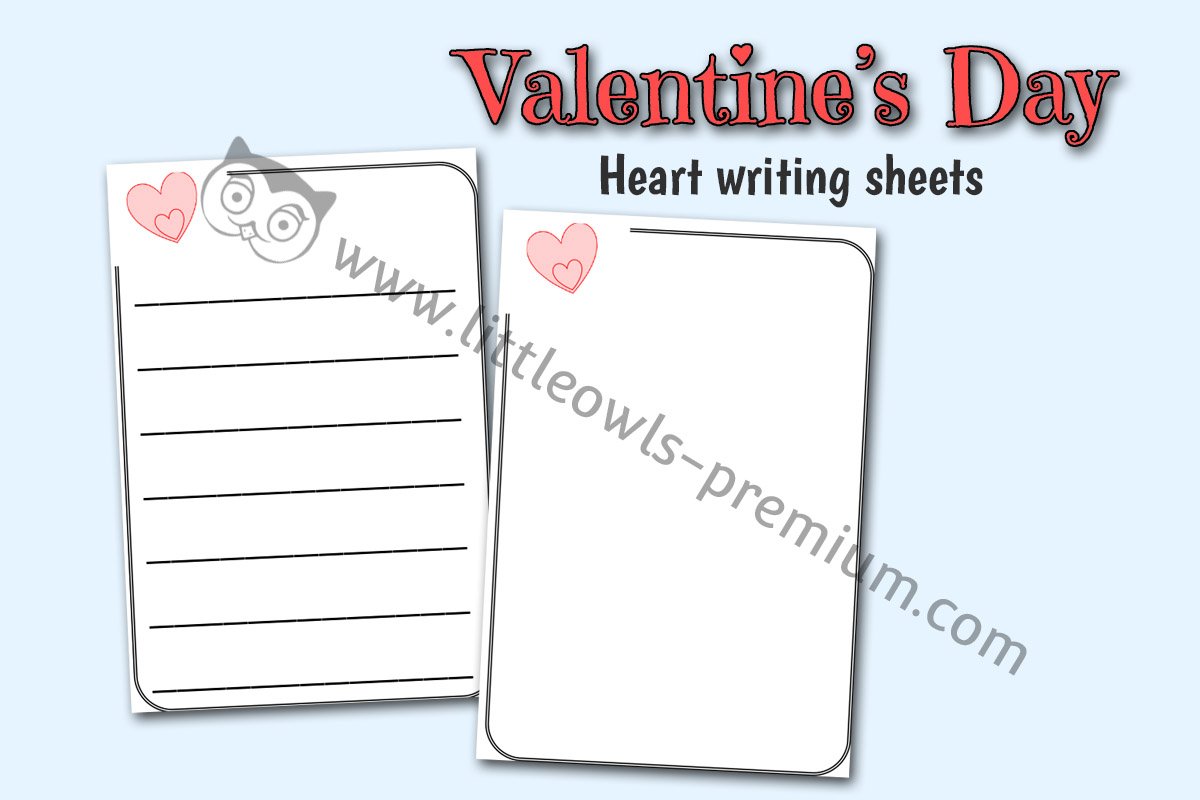<<-BACK TO KEYWORD SEARCH MENU
<<-BACK TO ‘AREAS OF LEARNING’ SEARCH MENU
Shape - EYFS/Early Years activities, displays and ideas
SECTIONS:
Free sample resources
Key ‘Shape’ resources
Basic 2D & 3D Shapes
Exploring shapes in our environment
Using shapes for tasks - construction, design, art and craft, patterns, jigsaw puzzles
Making shapes with natural items
Shapes and ‘Development Matters’
Shapes and the National Curriculum
Additional ‘Shape’ resources within Topics (listed in alphabetical order)
Relevant pages you may be interested in - Symmetry - Using Shapes for Tasks - Patterns - STEM - Mathematics - Construction
If you are not a member already, become a ‘Free Access’ member here. This will give you access to resources within the ‘Free Sample Resources’ sections at the top of most pages and ‘Special Dates Calendars’. Some whole topics are even free! Find out more about all of our membership options here. If you are already a member… thank-you! x
Please note that both Editable (docx file) and non-editable (pdf file) versions are available for ‘Shapes’ resources. (Editable files require Microsoft Word to work at optimum level and Non-Editable files require a pdf viewer.)
Click on the thumbnail images below for further details…
Key ‘Shape’ resources
- Basic 2D & 3D Shapes
Key ‘Shape’ resources
- Exploring shapes in our environment
Key ‘Shape’ resources
- Using shapes for tasks (construction - design - art and craft - patterns - jigsaw puzzles)
Please click the text link here or the button opposite to visit our ‘Using shapes for tasks’ page.
Includes using 3D shapes for construction tasks e.g. building blocks & junk modelling and observations of the shape qualities of 2D and 3D items in the world around us to create artwork, patterns and complete jigsaw puzzles.
Key ‘Shape’ resources
- Making shapes with natural items
Key ‘Shape’ resources
- Shapes and ‘Development Matters’
Birth to 3
Combine objects like stacking blocks and cups. Put objects inside others and take them out again.
Build with a range of resources.
Notice patterns and arrange things in patterns.
Complete inset puzzles.
Birth to 3 - Examples to support learning
Provide inset puzzles and jigsaws at different levels of difficulty.
Provide blocks and boxes to play freely with and build with, indoors and outside.
Provide patterned material – gingham, polka dots, stripes etc. – and small objects to arrange in patterns. Use words like ‘repeated’ and ‘the same’ over and over.
Encourage babies and young toddlers to play freely with a wide range of objects - toddlers engage spontaneously in mathematics during nearly half of every minute of free play. Suggestions: when appropriate, sensitively join in and comment on:
interestingly shaped objects like vegetables, wooden pegs, spoons, pans, corks, cones, balls
pots and pans, boxes and objects to put in them, shape sorters
stacking cups: hiding one, building them into a tower, nesting them and lining them up
3 & 4 Year Olds
Combine shapes to make new ones - an arch, a bigger triangle etc.
Talk about and identify the patterns around them. For example: stripes on clothes, designs on rugs and wallpaper. Use informal language like ‘pointy’, ‘spotty’, ‘blobs’ etc.
Talk about and explore 2D and 3D shapes (for example, circles, rectangles, triangles and cuboids) using informal and mathematical language: ‘sides’, ‘corners’; ‘straight’, ‘flat’, ‘round’.
Select shapes appropriately: flat surfaces for building, a triangular prism for a roof etc.
3 & 4 Year Olds - Examples to support learning
Encourage children to talk informally about shape properties using words like ‘sharp corner’, ‘pointy’ or ‘curvy’. Talk about shapes as you play with them: “We need a piece with a straight edge.”
Provide a variety of construction materials like blocks and interlocking bricks. Provide denmaking materials. Allow children to play freely with these materials, outdoors and inside. When appropriate, talk about the shapes and how their properties suit the purpose.
Encourage children to play freely with blocks, shapes, shape puzzles and shape-sorters.
Provide shapes that combine to make other shapes, such as pattern blocks and interlocking shapes, for children to play freely with. When appropriate, discuss the different designs that children make.
Use tidy-up time to match blocks to silhouettes or fit things in containers, describing and naming shapes. Suggestion: “Where does this triangular one /cylinder /cuboid go?”
Provide patterns from different cultures, such as fabrics.
Occasionally suggest challenges, so that children build increasingly more complex constructions.
Reception
Select, rotate and manipulate shapes to develop spatial reasoning skills.
Compose and decompose shapes so that children recognise a shape can have other shapes within it, just as numbers can.
Reception - Examples to support learning
Provide high quality pattern and building sets, including pattern blocks, tangrams, building blocks and magnetic construction tiles, as well as found materials.
Challenge children to copy increasingly complex 2D pictures and patterns with these 3D resources, guided by knowledge of learning trajectories: “I bet you can’t add an arch to that,” or “Maybe tomorrow someone will build a staircase.”
Investigate how shapes can be combined to make new shapes: for example, two triangles can be put together to make a square. Encourage children to predict what shapes they will make when paper is folded. Wonder aloud how many ways there are to make a hexagon with pattern blocks. Find 2D shapes within 3D shapes, including through printing or shadow play.
Teach children to solve a range of jigsaws of increasing challenge.
(Public sector information licensed under the Open Government Licence v3.0.)
- Shapes and the ‘National Curriculum’
YEAR 1
Geometry - Properties of shape
Pupils should be taught to:
recognise and name common 2-D and 3-D shapes, including:
2-D shapes [for example, rectangles (including squares), circles and triangles]
3-D shapes [for example, cuboids (including cubes), pyramids and spheres].
Year 2
Geometry - Properties of Shapes
Pupils should be taught to:
identify and describe the properties of 2-D shapes, including the number of sides and line symmetry in a vertical line
identify and describe the properties of 3-D shapes, including the number of edges, vertices and faces
identify 2-D shapes on the surface of 3-D shapes, [for example, a circle on a cylinder and a triangle on a pyramid]
compare and sort common 2-D and 3-D shapes and everyday objects.
Additional ‘Shape’ resources within TOPICS
(ALPHABETICAL ORDER)
<<-BACK TO KEYWORD SEARCH MENU
<<-BACK TO ‘AREAS OF LEARNING’ SEARCH MENU
This page contains public sector information licensed under the Open Government Licence v3.0.
